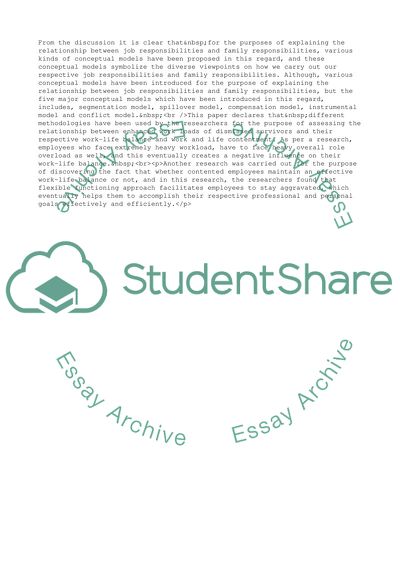Cite this document
(“Work and Non-Work Relationship Essay Example | Topics and Well Written Essays - 3000 words”, n.d.)
Retrieved from https://studentshare.org/management/1664609-work-and-non-work-relationship
Retrieved from https://studentshare.org/management/1664609-work-and-non-work-relationship
(Work and Non-Work Relationship Essay Example | Topics and Well Written Essays - 3000 Words)
https://studentshare.org/management/1664609-work-and-non-work-relationship.
https://studentshare.org/management/1664609-work-and-non-work-relationship.
“Work and Non-Work Relationship Essay Example | Topics and Well Written Essays - 3000 Words”, n.d. https://studentshare.org/management/1664609-work-and-non-work-relationship.


